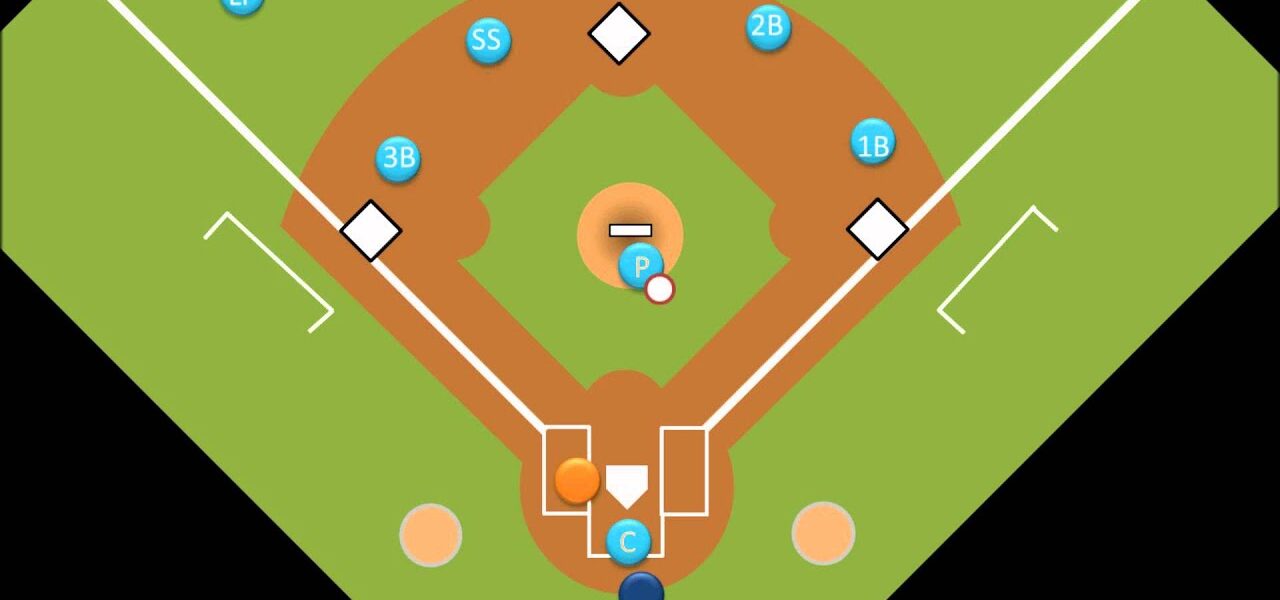In the realm of baseball, a term frequently heard but not always thoroughly understood is “PO” or putout. This fundamental concept plays a pivotal role in determining a player’s defensive prowess, with its intricacies extending beyond the act of merely recording an out. In this comprehensive guide, we delve into the nuances of POs, exploring common scenarios, player credits, and even uncovering the historical feats of the legendary Jake Beckley.
What is a PO in Baseball?
At its core, a PO, or putout, signifies a fielder’s direct responsibility for completing an out. Whether it’s stepping on a base during a force play, snagging a batted ball in the midst of play, tagging a runner, or securing a third strike, each act contributes to a fielder’s PO tally.
This encompasses actions like stepping on a base for a force out, catching a batted ball, tagging a runner, or securing a third strike. It reflects a fielder’s defensive prowess and plays a crucial role in evaluating defensive performance.
Common Ways to Get Put Out in Baseball
The spectrum of putout scenarios in baseball is vast, encompassing fundamental plays like touching a base before the batter or runner, tagging a runner, catching a hit ball, and securing a third strike. Additionally, interference calls, where a fielder is deemed closest to the offending runner, can also result in a putout.
Baseball is a game of rules and strategy, and sometimes, players don’t follow them exactly. Getting put out, or “retiring a batter,” is a key part of the game, and there are many ways it can happen. Here are some common (and safe!) ways a batter can be called out:
- Strikeout: This classic scenario occurs when the batter swings and misses at three pitches within the strike zone (the area above the knees, below the shoulders, and within a few inches of the plate);
- Groundout: If the batter hits the ball on the ground and a fielder throws it to first base before the runner reaches, the batter is out. This is a common way to end an inning.
- Flyout: A batter can be out if they hit the ball high in the air and a fielder catches it before it touches the ground. This is often a spectacular play, especially if the catch is made diving or near the wall;
- Double play: This exciting situation happens when two outs are recorded on one play. For example, a batter might hit a line drive to the second baseman, who catches it and throws to first base to get the batter out. Then, the first baseman throws back to second base to get the runner who was originally on first base. Boom, double play!;
- Force out: This type of out occurs when a runner is forced to advance to a certain base because of the batter’s actions. For example, if the bases are loaded (meaning there are runners on first, second, and third base) and the batter hits a ground ball to the first baseman, the runner on first base must advance to second base. If the first baseman throws to second base to get the runner out before they reach the base, the batter is also out for a force out.
These are just a few of the many ways a batter can be put out in baseball. Each out tells a story within the larger narrative of the game, adding to the excitement and drama of this beloved sport.
Who Gets the Putout Credit?
Understanding the players eligible for putout credits adds depth to the game’s defensive dynamics. Fielders, through acts such as catching a hit ball or executing an unassisted putout by stepping on a base during a force play, contribute significantly. Catchers, particularly those catching pitches resulting in strikeouts, and first basemen, receiving throws on ground ball outs, tend to lead the pack in accumulating putout credits.
The putout credit in baseball is attributed to different players based on their defensive actions:
- Fielders: They can record a putout by catching a hit ball or executing an unassisted putout, such as stepping on a base during a force play or tagging a runner;
- Catchers: They typically receive putout credits when they catch pitches resulting in strikeouts, showcasing their role in defensive play;
- First Basemen: Primarily, they accumulate putouts by receiving throws on ground ball outs, showcasing their crucial role in completing defensive plays.
Understanding which players earn putout credits adds depth to evaluating defensive contributions in the game of baseball.
Difference Between an Assist and a PO in Baseball
Distinguishing between assists and putouts lies in the sequence of defensive acts leading to an out. An assist is granted when a fielder contributes to the out, often by throwing the ball to another fielder who secures the putout. The player directly causing the out receives the putout credit. Notably, assists are awarded when errors are not involved, making them distinct from putouts.
The difference between an assist and a putout (PO) in baseball lies in the sequence of defensive actions leading to an out:
- Assist: This is credited when a fielder contributes to the batter or runner being called out. It often involves throwing the ball to another fielder who secures the putout. An assist is given to the player whose action leads to the out, provided there are no errors involved;
- Putout (PO): A putout is credited to the player who directly causes the out. This can occur when a fielder catches a hit ball, tags a runner, or executes other acts leading to an out without errors. Unlike assists, putouts are given for the direct cause of the out.
In essence, assists recognize the contributing action, while putouts credit the player directly responsible for completing the out, emphasizing precision in defensive plays.
Who Has the Most POs in MLB History?
A monumental figure in baseball history, Jake Beckley, aptly nicknamed “Eagle Eye,” holds the record for the most putouts in MLB history. With an astounding 23,767 putouts accumulated over 20,857 innings, Beckley’s legacy as the most successful player for the St. Louis Whites endures, solidifying his place in the annals of the game.
Conclusion
In the intricate tapestry of baseball, understanding putouts adds a layer of appreciation for the defensive artistry displayed on the field. From common plays to nuanced scenarios, players earning putout credits contribute significantly to their team’s success. Jake Beckley’s remarkable record stands as a testament to the enduring importance of putouts in shaping the narrative of baseball history. As the game evolves, so too does the significance of each meticulously recorded putout, echoing the timeless rhythm of America’s favorite pastime.




